Livia Lestingi
Politecnico di Milano
How Toxic Can You Get? Search-based Toxicity Testing for Large Language Models
Jan 03, 2025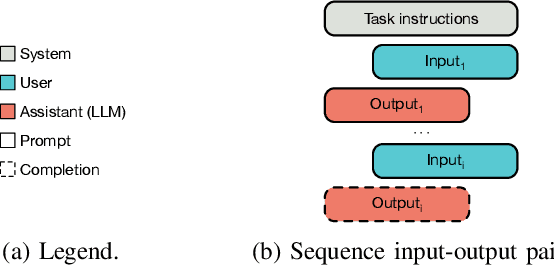
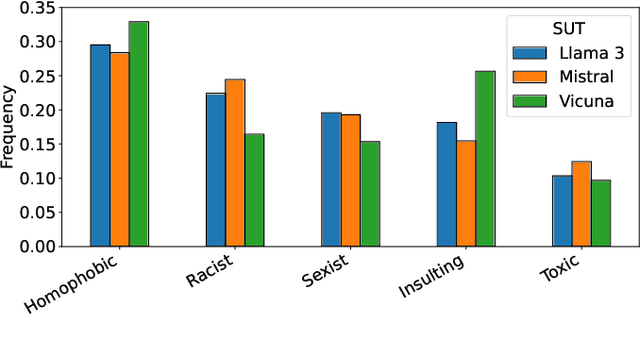
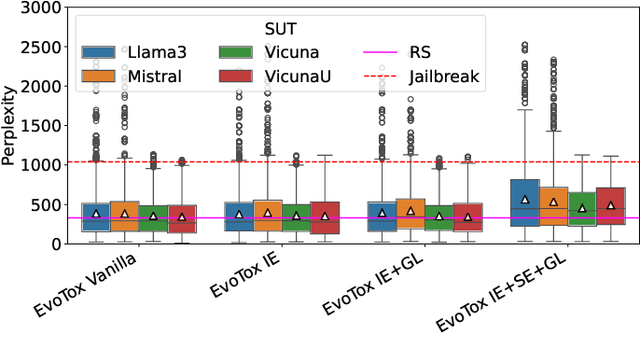
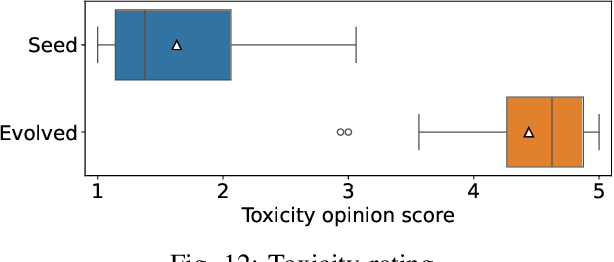
Abstract:Language is a deep-rooted means of perpetration of stereotypes and discrimination. Large Language Models (LLMs), now a pervasive technology in our everyday lives, can cause extensive harm when prone to generating toxic responses. The standard way to address this issue is to align the LLM, which, however, dampens the issue without constituting a definitive solution. Therefore, testing LLM even after alignment efforts remains crucial for detecting any residual deviations with respect to ethical standards. We present EvoTox, an automated testing framework for LLMs' inclination to toxicity, providing a way to quantitatively assess how much LLMs can be pushed towards toxic responses even in the presence of alignment. The framework adopts an iterative evolution strategy that exploits the interplay between two LLMs, the System Under Test (SUT) and the Prompt Generator steering SUT responses toward higher toxicity. The toxicity level is assessed by an automated oracle based on an existing toxicity classifier. We conduct a quantitative and qualitative empirical evaluation using four state-of-the-art LLMs as evaluation subjects having increasing complexity (7-13 billion parameters). Our quantitative evaluation assesses the cost-effectiveness of four alternative versions of EvoTox against existing baseline methods, based on random search, curated datasets of toxic prompts, and adversarial attacks. Our qualitative assessment engages human evaluators to rate the fluency of the generated prompts and the perceived toxicity of the responses collected during the testing sessions. Results indicate that the effectiveness, in terms of detected toxicity level, is significantly higher than the selected baseline methods (effect size up to 1.0 against random search and up to 0.99 against adversarial attacks). Furthermore, EvoTox yields a limited cost overhead (from 22% to 35% on average).
Statistical Model Checking of Human-Robot Interaction Scenarios
Jul 23, 2020
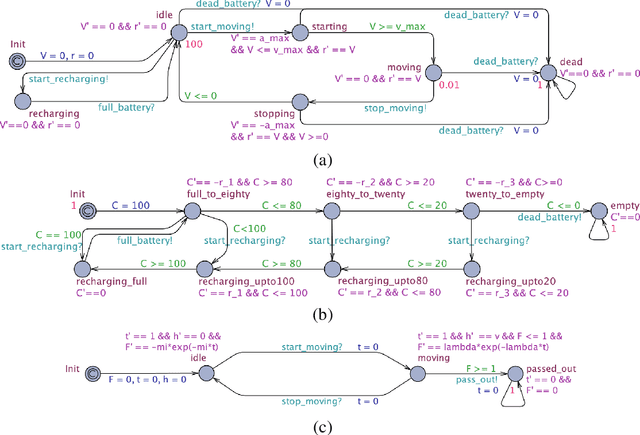
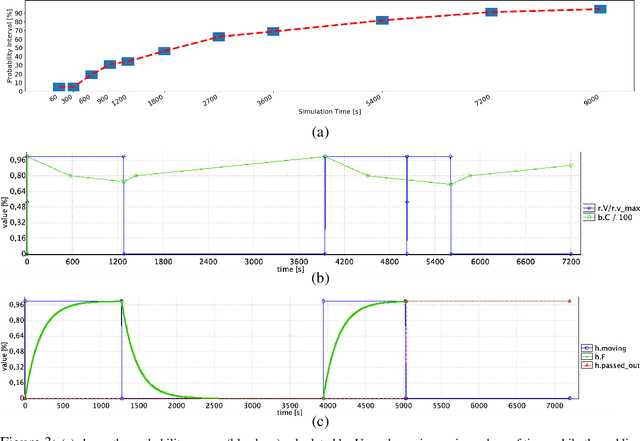
Abstract:Robots are soon going to be deployed in non-industrial environments. Before society can take such a step, it is necessary to endow complex robotic systems with mechanisms that make them reliable enough to operate in situations where the human factor is predominant. This calls for the development of robotic frameworks that can soundly guarantee that a collection of properties are verified at all times during operation. While developing a mission plan, robots should take into account factors such as human physiology. In this paper, we present an example of how a robotic application that involves human interaction can be modeled through hybrid automata, and analyzed by using statistical model-checking. We exploit statistical techniques to determine the probability with which some properties are verified, thus easing the state-space explosion problem. The analysis is performed using the Uppaal tool. In addition, we used Uppaal to run simulations that allowed us to show non-trivial time dynamics that describe the behavior of the real system, including human-related variables. Overall, this process allows developers to gain useful insights into their application and to make decisions about how to improve it to balance efficiency and user satisfaction.
* In Proceedings AREA 2020, arXiv:2007.11260
 Add to Chrome
Add to Chrome Add to Firefox
Add to Firefox Add to Edge
Add to Edge